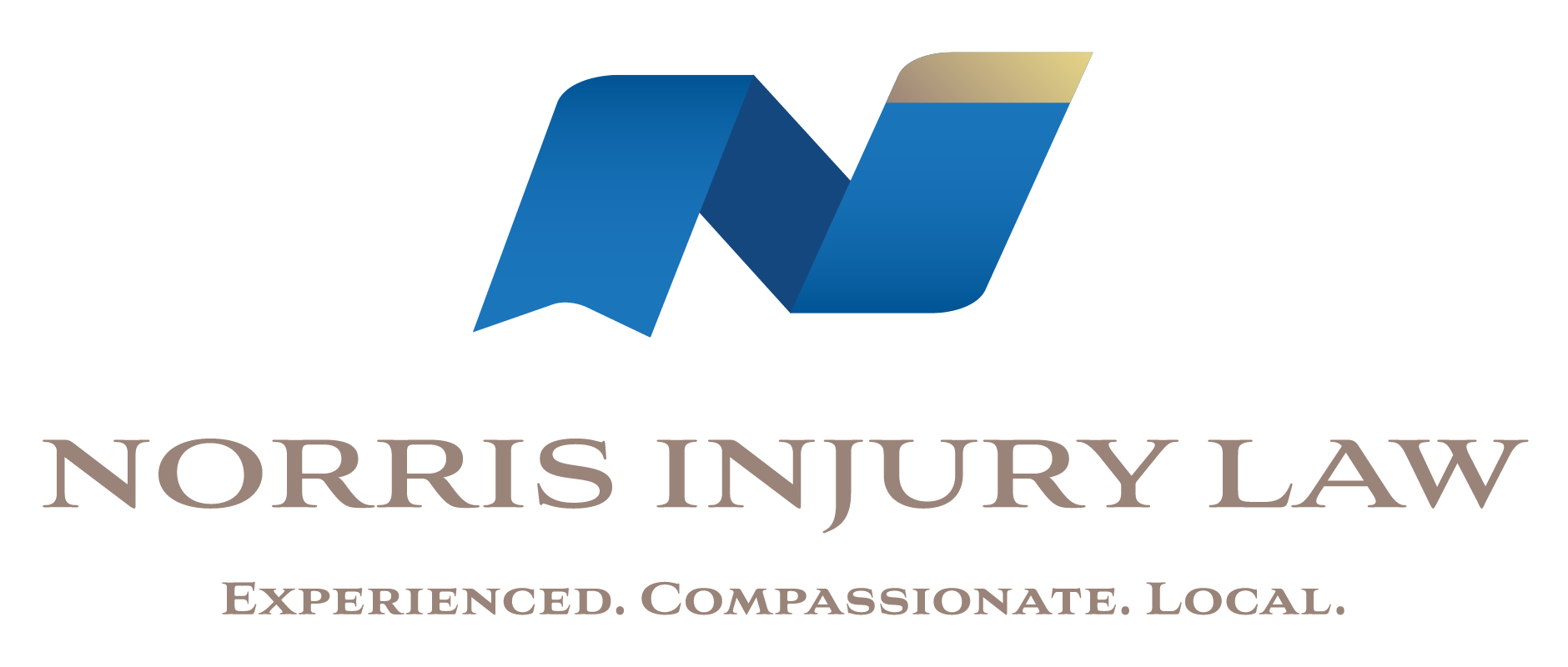
“I’ve got auto insurance and health insurance, so in a car wreck I’m covered. I’ll just go to the doctor, get the treatment I need, and get healthy. I didn’t cause the wreck, so my bills will be paid and the insurers will be reasonable. I don’t need an attorney.”
That quote sounds reasonable, but actually, even a simple car wreck can make medical payments complicated. You can’t talk about getting healthy after a car wreck without talking about health care; and you can’t talk about health care without talking about money. Getting totally better is not always possible, and, when it is possible, it’s not easy or cheap. It requires doctor appointments, physical therapy, medicine, and other rehabilitation. Many excellent medical professionals in our area spend long days and nights providing sound medical care. You follow their advice because you trust them and want to get better, but how do they get paid in a car wreck case?
Some things aren’t complicated. Car wrecks hurt people. Doctors, nurses, and other medical professionals help people, but they can’t help for free. After all, this is why we pay our premiums and co-pays for health and auto insurance.
However, some things are complicated. Insurance companies coordinate benefits, and along the way, disagreements can arise as to who is first in line to pick up the tab for the medical bills after a car wreck. Car insurance can be considered primary, or first-to-pay, insurance for healthcare bills. You might think it’s no big deal who pays first, as long as all the bills get paid, but it’s not that simple.
Medical Payments coverage, or MedPay, is one type of auto insurance coverage that might come into the mix. MedPay might be purchased as part of your auto policy to pay medical bills you, your family, and your car occupants incur in a car wreck. MedPay should come first before health insurance and usually has to be “used up” before health insurance will start paying. This sequence can be a hassle. Sadly, some very good doctors have been hesitant to deal with this hassle, and instead, have chosen to refuse to see car wreck victims, and that decision can hurt your chances of getting the best medical care.
“At Fault” insurance does not “pay as you go.” That might sound unfair, but it’s true. The insurance company of the “at fault” party will not pay quickly, and usually will not pay without a hard fight or lawsuit. So what do you do in the interim? You have to look to MedPay, health insurance, or find some doctors who treat on a lien. Doing this is not always easy or seamless.
Practically speaking, you won’t get better without following the doctor’s orders. If they order treatment, and you don’t do it, the at-fault insurance company might try to blame you for not getting better. Yet, as you know, the injuries, or sometimes just the treatment, can cause you to miss work that causes financial pressure. That pressure makes it harder for you to keep your health insurance or pay your co-pays and bills along the way, which can interrupt your treatment. You need money (or insurance or a provider treating on a lien) to get treatment, you need treatment to get better, and you don’t want to settle your case before you know your total medical bills and final health condition. These concerns related to coordination of benefits can create a Catch-22.
This article does not answer the myriad medical care payment questions that arise from a car wreck, but it can offer a few practical take-aways: Before a wreck, review your auto policies with your agent and buy as much MedPay coverage as you can. After a wreck, get the medical care you need and follow your doctor’s advice. Early on, locate all health insurance and auto policies that might help pay for this treatment. Even when you have plenty of insurance, you need an experienced injury attorney to identify, coordinate and maximize benefits so you can focus on getting healthy.

